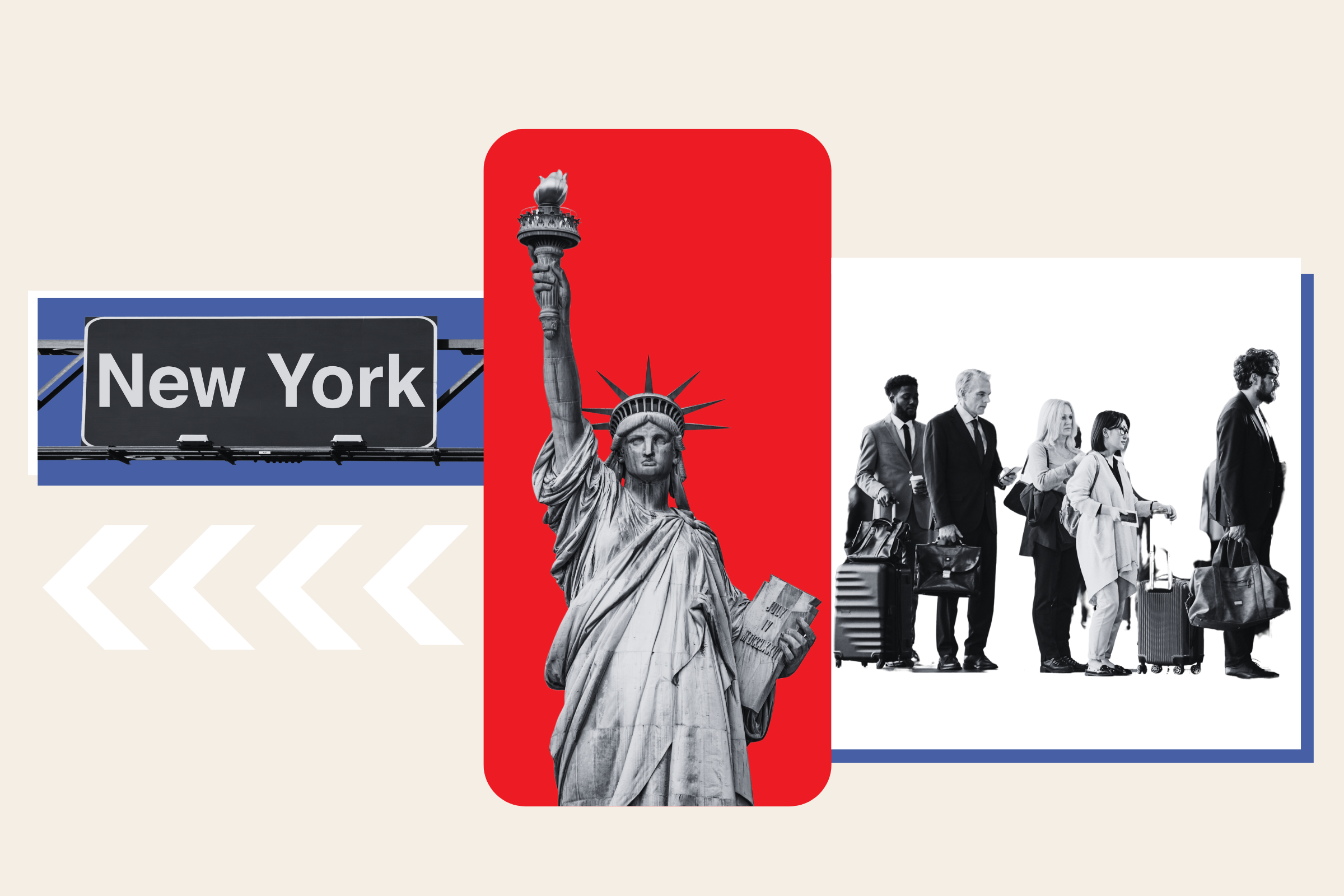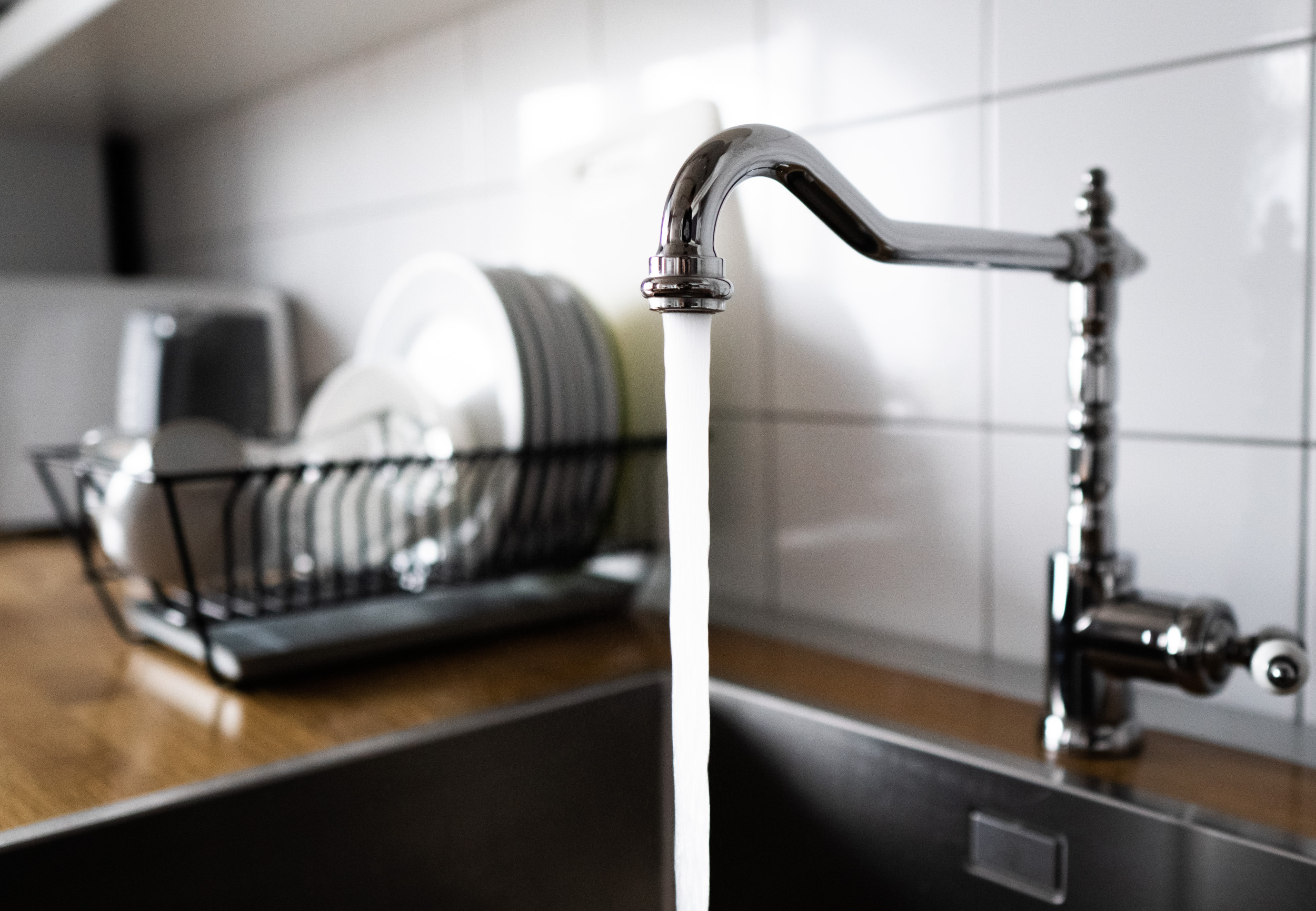While nearly every state has implemented some kind of social distancing or stay-at-home measure as a way to combat the spread of the coronavirus, the U.S. has become the virus's epicenter, with 378,000 infected individuals and at least 11,851 deaths, a tracker created by Johns Hopkins University showed.
New York has become the state experiencing the largest share of cases, with more 138,000 of them and at least 5,489 deaths. According to Hopkins, there are more than 20,000 recoveries across the U.S., as of Tuesday.
New York City has reported the most cases in the state with over 72,000. There are also at least 3,485 deaths in New York City.
The novel coronavirus, which causes the respiratory disease COVID-19, originated in Wuhan, China, but has continued to spread across the globe. Hopkins offers the latest information on what areas of the world are experiencing the worst of the pandemic. The tracker, which showcases where the virus is located around the U.S., can be seen below.

New Jersey has the second most confirmed COVID-19 cases, over 41,000. New Jersey has also reported at least 1,003 deaths. In New Jersey, Bergen County has reported the most cases in the state, with over 6,700, followed by Essex County with at least 4,493 and Hudson County with more than 4,300.
While the two east coast states lead the country in the highest number of cases, every other state has also experienced the outbreak of the virus. In Michigan, there are over 17,000 confirmed cases and at least 727 deaths.

There are over 16,000 cases in both Louisiana and California, while Louisiana has reported at least 582 deaths and California has 397.
Pennsylvania and Florida have both reported over 14,000 cases and each state has seen over 200 deaths.
According to the tracker, there are more than 13,800 cases in Massachusetts, more than 12,200 in Illinois and at least 8,000 in Washington, Texas and Georgia.
The preventative measures states have implemented include bans on large public gatherings, closures of schools and nonessential businesses and even requiring restaurants to only offer take-out options. They are attributed to have helped slow the spread in some states as well as permit a number of patients to recover.
In addition to the social distancing measures, there are other ways that U.S. residents can help stop the spread of the virus. According to the World Health Organization and the Center for Disease Control and Prevention some ways to slow the spread include washing your hands with soap and water or alcohol-based hand sanitizer for 20 seconds, avoiding touching your eyes, mouth and nose, wearing a cloth face mask when going out in public and staying at least 3 feet away from others.
Uncommon Knowledge
Newsweek is committed to challenging conventional wisdom and finding connections in the search for common ground.
Newsweek is committed to challenging conventional wisdom and finding connections in the search for common ground.
About the writer
Matthew Impelli is a Newsweek staff writer based in New York. His focus is reporting social issues and crime. In ... Read more





